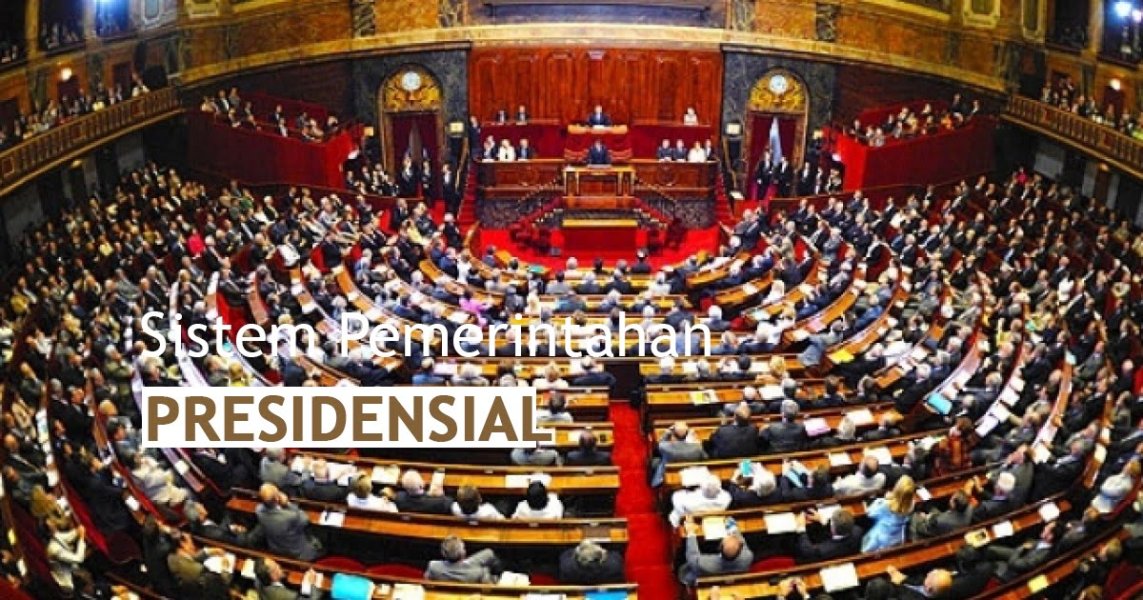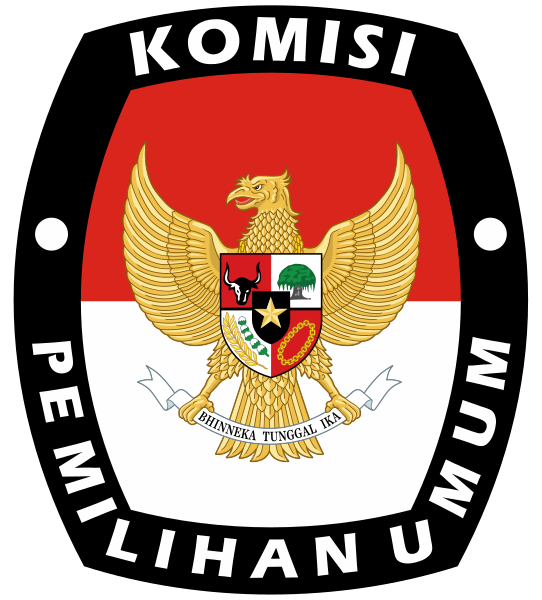
Understanding the Presidential System of Government in Detail
Wamena – The Presidential System of Government is a form of governance in which an elected president serves as both the head of state and the head of government, independently of the legislature. This article explains its definition, characteristics, advantages, and disadvantages as a complete guide for public understanding.
What Is a Presidential System of Government?
Etymologically, the term “presidential” comes from the English word presidential, derived from the root word president, meaning the head of state who also leads the government. The word president itself originates from the Latin praesidens (from praesidere), meaning “to lead,” “to supervise,” or “to sit in front.”
In the context of political science, a presidential system is a form of government in which the president holds full executive power and is not accountable to the legislative body (parliament), but directly to the people through general elections.
also read : Papua Noken System: A Unique Form of Democracy in the Land of Papua
Definitions by Experts:
- Maurice Duverger
Explains that a presidential system is a system of government in which the president is elected directly by the people and cannot be dismissed by parliament, except through legal procedures such as impeachment. - Herman Finer
States that the presidential system places the president as both head of state and head of government, with authority derived from the people’s mandate. - C.F. Strong
Describes the presidential system as one where the executive and legislative powers are clearly separated, ensuring that no institution dominates the other. - Bagir Manan (Indonesian constitutional law expert)
Defines the presidential system as one that emphasizes the principle of separation of powers among the executive, legislative, and judiciary in a functional manner.
Main Characteristics of the Presidential System
Several key features commonly found in a presidential system include:
- The president is elected directly by the people or through a legal mechanism, not by parliament.
- The president serves a fixed term of office and cannot be easily dismissed by the legislature for ordinary political reasons.
- The executive and legislative branches have separate legitimacies and operate independently, so parliament cannot automatically dissolve the president or cabinet merely due to loss of majority support.
- There exists a checks and balances mechanism among government institutions to prevent the concentration of power in one branch.
Advantages of the Presidential System
However, this system also presents challenges and weaknesses, such as:
- Potential legislative-executive deadlock: Since the president and parliament are elected separately and operate independently, conflicts between the two branches may occur, hindering legislation and daily governance.
- Difficulty in leadership replacement: If a president fails in governance, it is more difficult to replace them quickly compared to a parliamentary system, where the legislature can flexibly change the prime minister.
- Excessive executive power: Despite existing control mechanisms, in practice the president may still have a broad maneuvering space, potentially leading to dominance if not properly checked.
Countries with Presidential Systems
Several countries that implement the presidential system include:
- The United States
- Indonesia
- The Philippines
- Brazil
- Mexico
Also Read : Parliamentary System of Government: Concept, Characteristics, and Examples
Relevance of the Presidential System in Indonesia
Indonesia explicitly adopts the presidential system of government as stated in the 1945 Constitution (UUD 1945), particularly after the constitutional amendments. The president holds a strong position as they are elected directly by the people and have the authority to appoint ministers. However, presidential power is still supervised by the House of Representatives (DPR) and other institutions as part of the checks and balances framework.
This system is considered effective in maintaining political stability because the president’s term is fixed. Nonetheless, it also demands political maturity to avoid conflicts or gaps between the executive and legislative branches.
(Ar)
References:
- The 1945 Constitution of the Republic of Indonesia
- Maurice Duverger, Political Parties: Their Organization and Activity in the Modern State
- Bagir Manan, Lembaga Kepresidenan (2003)
- C.F. Strong, Modern Political Constitutions
- Encyclopedia Britannica, “Presidential System of Government”
![]()
![]()
![]()
